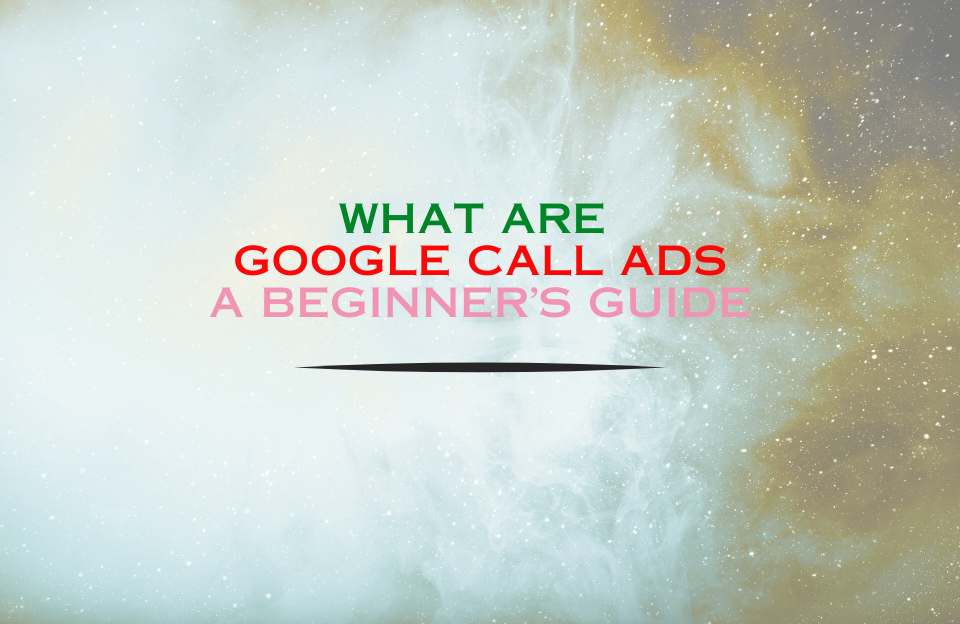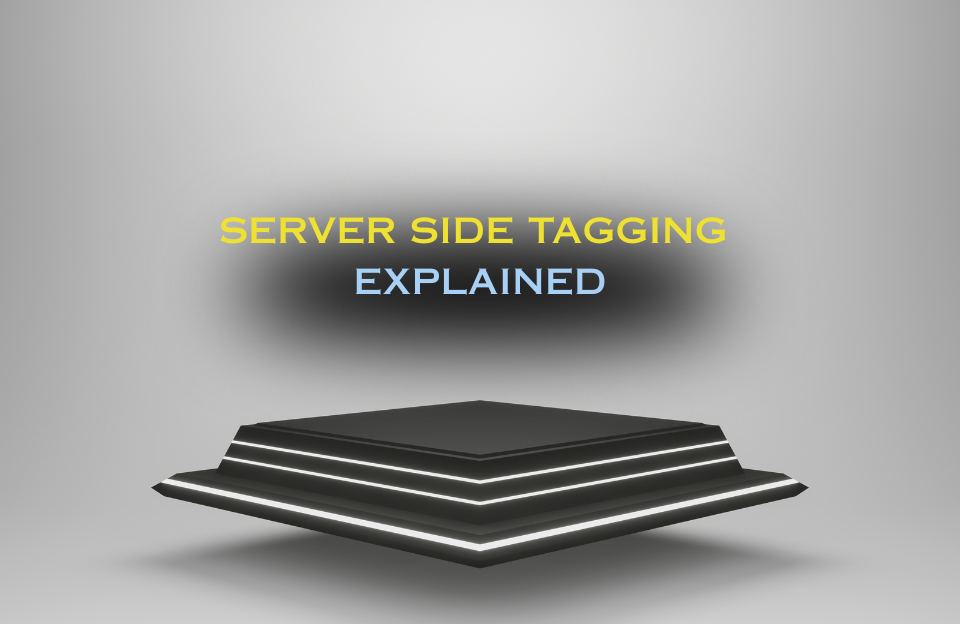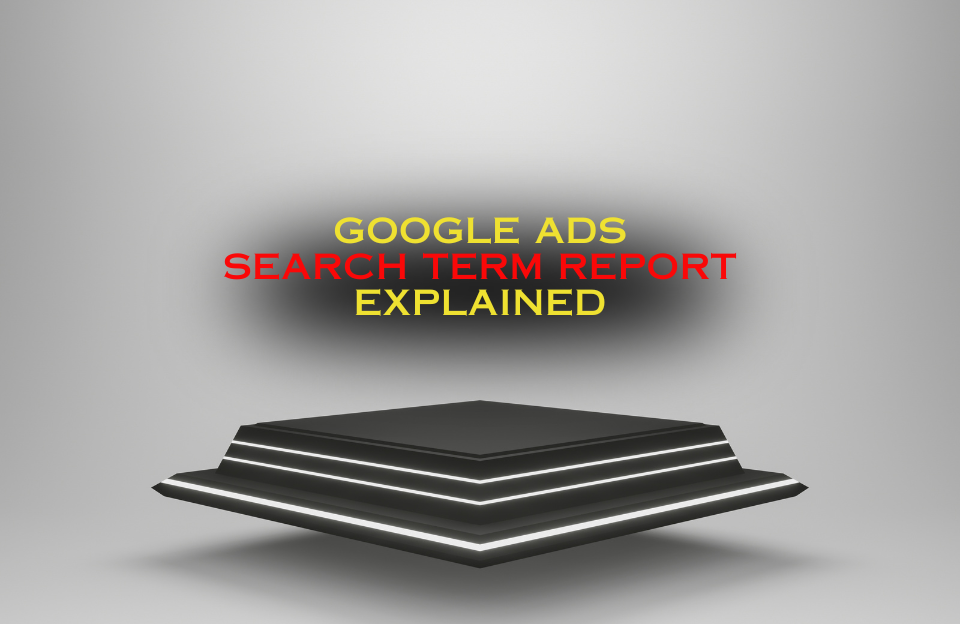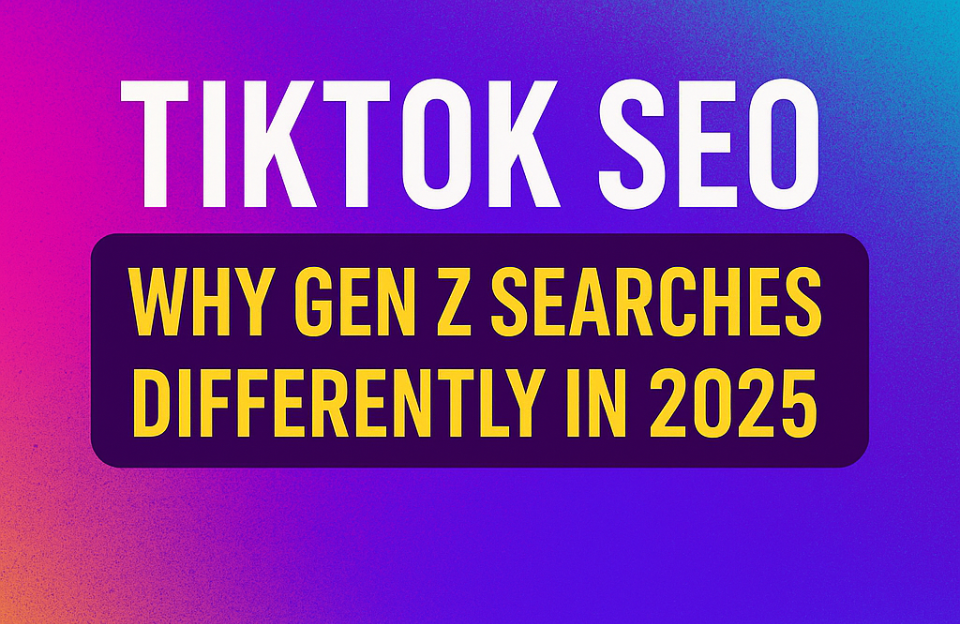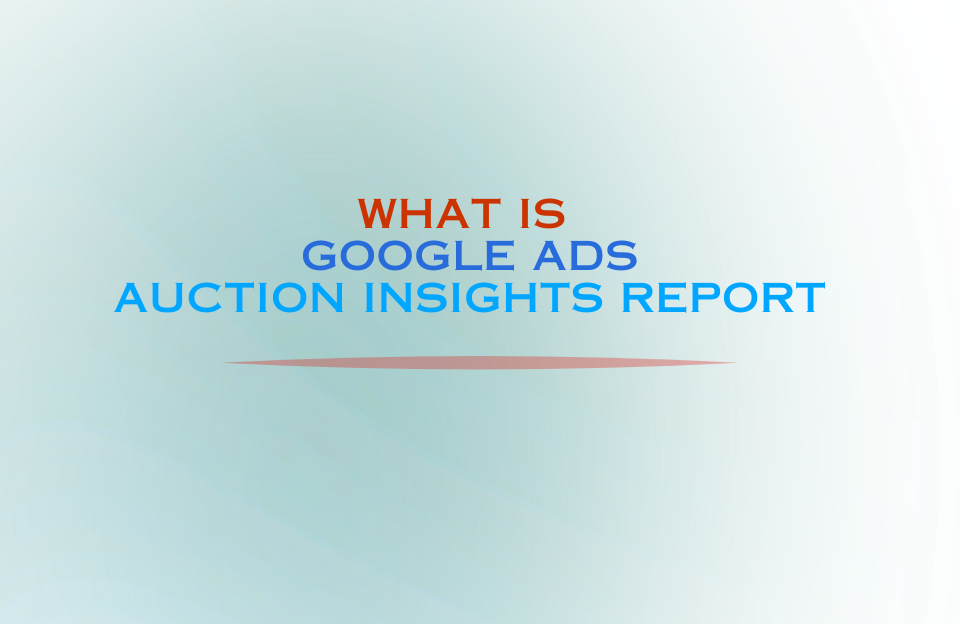Call Ads in Google Ads are a specialized campaign type designed to drive direct phone calls to your business, bypassing traditional website interactions. Especially valuable for service-oriented businesses or industries that thrive on immediate communication—like healthcare, home services, insurance, or legal assistance—Call Ads offer a fast lane for high-intent leads. Unlike other ad types, they prioritize direct response by turning ad clicks into phone conversations.
What Are Call Ads?
Google Call Ads (also known as call-only ads) are mobile-optimized ad formats that appear in search results and prompt users to place a phone call when clicked. These ads display your business name, phone number, a call-to-action, and—optionally—two headlines and a short description. Unlike other ad types that send users to a landing page, Call Ads launch a dialer app directly, facilitating instant communication.
When to Use Call Ads
- When your business relies on phone consultations or bookings.
- For high-ticket or complex services where personal contact builds trust.
- If you don’t have a mobile-optimized landing page or website.
- For businesses with limited online conversion paths (e.g., emergency services).
- To supplement existing search campaigns with a high-intent channel.
How Call Ads Work
Once your ad is triggered by a search query, it appears in the search results on mobile devices. The entire ad is clickable and leads to a phone call—not a landing page. You can schedule your Call Ads to only appear during business hours and use call reporting to track performance in Google Ads or integrate with your CRM for advanced tracking.
Call Ad Structure
- Business Name: Appears prominently at the top of the ad.
- Phone Number: Click-to-call functionality linked to your number.
- Two Headlines: Optional; helps convey urgency or value.
- Description: Brief explanation of your services (max. 90 characters).
- Display URL: To establish credibility (e.g., example.com).
Best Practices for Call Ads
- Use call tracking: Enable call reporting in Google Ads to measure results.
- Schedule smartly: Only show ads when someone is available to answer.
- Craft compelling headlines: Highlight urgency, promotions, or benefits (e.g., “Book Now”, “Speak to a Specialist”).
- Keep your description concise: You only have 90 characters—make them count.
- Combine with location extensions: Boost local trust by showing your location.
- Segment call-focused ad groups: Avoid mixing them with site-click goals.
Benefits of Google Call Ads
- Generate direct, high-quality leads through immediate interaction.
- Ideal for mobile-first strategies and users who prefer human contact.
- Bypass form friction—perfect for urgent services or busy customers.
- Enhance ROI by focusing on qualified prospects ready to take action.
Common Challenges and How to Overcome Them
- Unanswered calls: Use ad scheduling to match your availability.
- Low call volume: Review your targeting, keyword match types, and bids.
- Unqualified leads: Refine your ad copy to repel irrelevant queries.
- No tracking setup: Use Google Ads call tracking or a third-party solution.
Using Google Ads Editor for Call Ads
Google Ads Editor streamlines bulk creation and editing of Call Ads, especially useful when managing multiple accounts or locations. Use the “Call Ads” tab to duplicate ads, adjust scheduling, or apply structured formatting across campaigns efficiently.
Advanced Tips
- Use Target CPA or Maximize Conversions: Smart bidding can optimize for call conversions.
- Combine with remarketing: Create urgency-based search ads for returning users.
- Use ad customizers: Dynamically insert countdowns for limited-time offers.
- Integrate CRM systems: Track which calls led to actual deals or conversions.
Use Cases
- Insurance agents: Generate quote requests by phone instead of email forms.
- Law firms: Let potential clients speak to a legal advisor directly.
- Home services: Capture emergency leads for plumbing, electrical, or repairs.
- Healthcare: Book appointments or offer consultations via phone.
Conclusion
Call Ads are more than just a campaign type—they’re a powerful conversion mechanism. In a world where speed, convenience, and personalization are key, phone conversations remain one of the most effective ways to close the gap between a click and a customer. Whether you run a small local business or a national service provider, Call Ads can unlock a direct channel to your most valuable audience.
For more in-depth content about other Google Ads formats, explore our campaign series: Google Ads Campaign Types.
